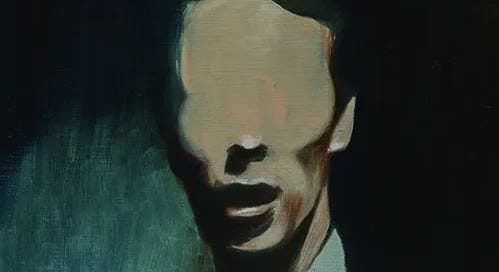jun takahashi and our relationship with risk
In a recent edition of the 032c publication Brenda’s Business, a quote from “the godfather of Japanese streetwear” Jun Takahashi caught my eye.
"When I was young, I didn’t think about risks. I didn’t know about them. I didn’t think about anything, just did whatever I wanted or had to do."
What struck me about Takahashi’s almost indifferent attitude toward risk at a young age was its stark contrast to my own. I feel that analysis of risk has almost always been at the forefront of my thought process from a very young age. I almost cannot recall a time when I felt the freedom of creation, expression, and action suggested by Takahashi that remains evident in his design and art for Undercover - the brand he started as a 23 year old fashion student in Japan over 3 decades ago.
A lot has changed in 30 years.
Risk in the fashion world takes many forms. A conceptual, avant-garde runway look from Christian Dior is fashion risk. Wearing a new outfit to your friend’s house party is fashion risk. Although these risks exist on different scales, with different possible outcomes, they share the same ethos: a conscious decision for a change, to push outside of an existing boundary or comfort zone, with some uncertainty of effect.
Despite sharing the same core idea of what risk entails, Christian Dior, Jun Takahashi, and I likely do not share the same definition of risk in our day-to-day lives. It’s something that is created by personal experiences, influenced by relationships, and inherently linked to self-image; no two people will share the same definition. Global culture and societal norms also play an important role in developing a relationship with risk. Jun Takahashi’s experience growing up in Japan in the 70s and 80s no doubt had a profound impact on his liberal approach to risk taking. How might cultural changes in the past 30 years have impacted mine? I believe generational themes shine through.
It’s certainly no secret that culture and media have changed significantly in the past 3 decades. We’ve moved from the early days of cable television and the height of the magazine print medium as (relatively) slow drivers of culture to the millisecond scale sharing of ideas that defines today’s “cultural diaspora”. I often feel that growing up in a globalized culture aided by the omnipotence of the internet results in a regression towards a mean at a cultural and subcultural level. Spending my formative years on the internet conditioned me and many others in my generation to think in a validation-centric way. Since I have access to a seemingly unlimited number of internet strangers and their opinions, why not take some of the uncertainty of a risky decision out of the equation and find what people agree is good?
As human beings, I think we are naturally inclined to reduce risk in our actions. It’s instinctual, and likely one of the key characteristics for our survival as a species. But it’s never been easier to be risk averse. A simple Google search for “What’s the best brand of x thing?” will likely give you a result that is agreed upon by hundreds or thousands of other humans. It’s a really remarkable feature of modern society, but I think it does have consequences that hinder natural creativity and expression.
That’s not to say that my generation isn’t taking risks in fashion, art, and design - there are an incredible amount of talented young people in the world crossing boundaries and creating amazing new things. It just doesn’t come as naturally. We are more than capable of the same level of creativity and expression as our predecessors, but we have to be more intentional about it. Recognize that we have the power of public opinion in front of us at all times, but that public opinion will never change if we don’t take a risk and create something new.
I know that I’ll be striving to think a little bit more like Jun. Thanks for reading.
Where are you from?



